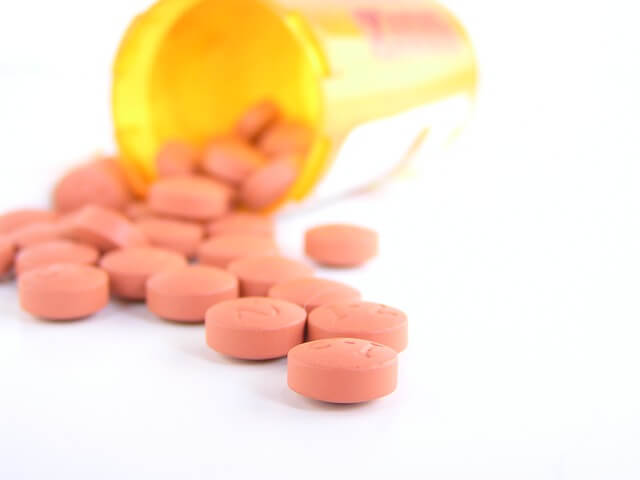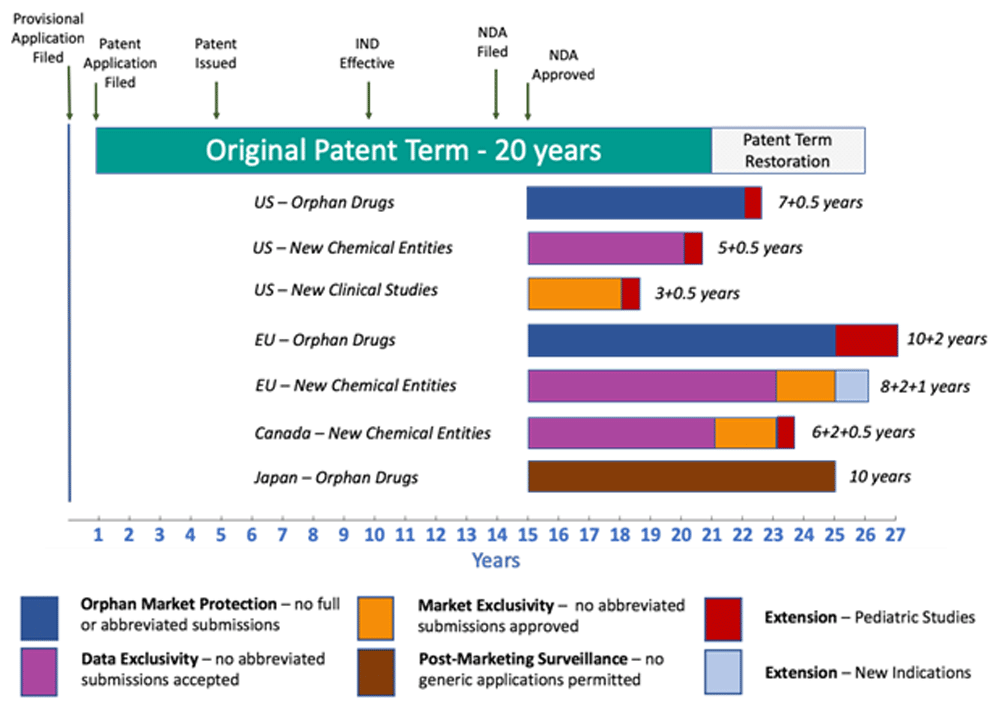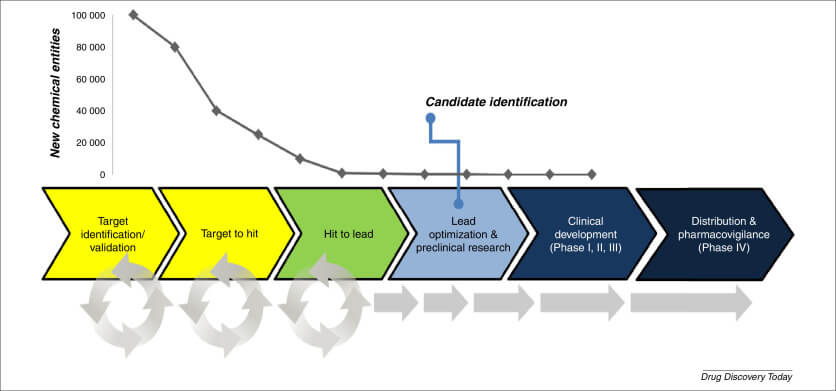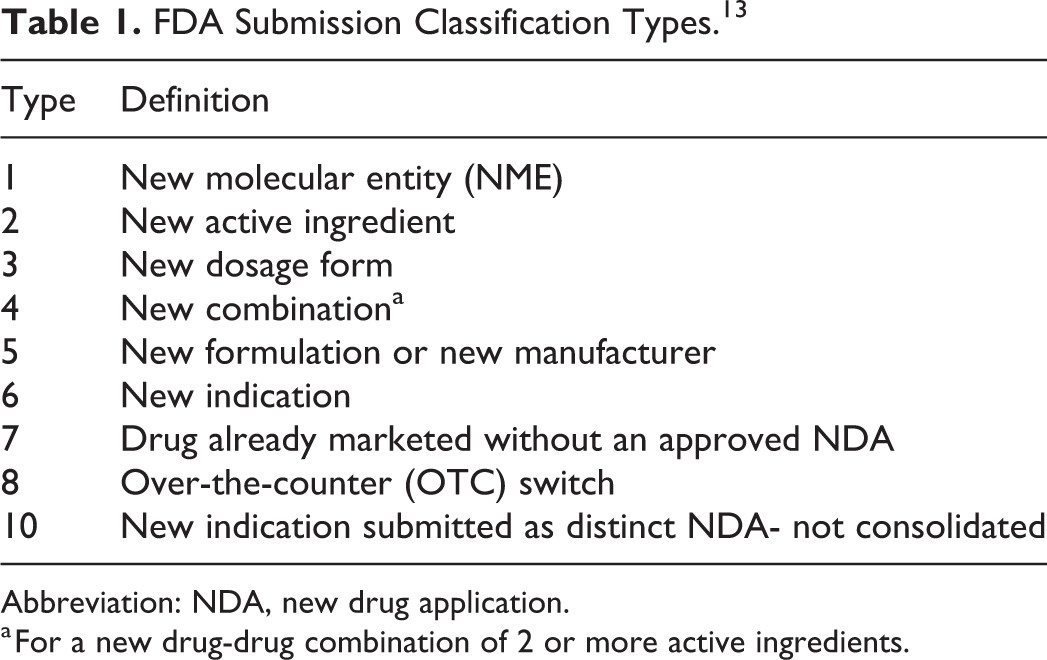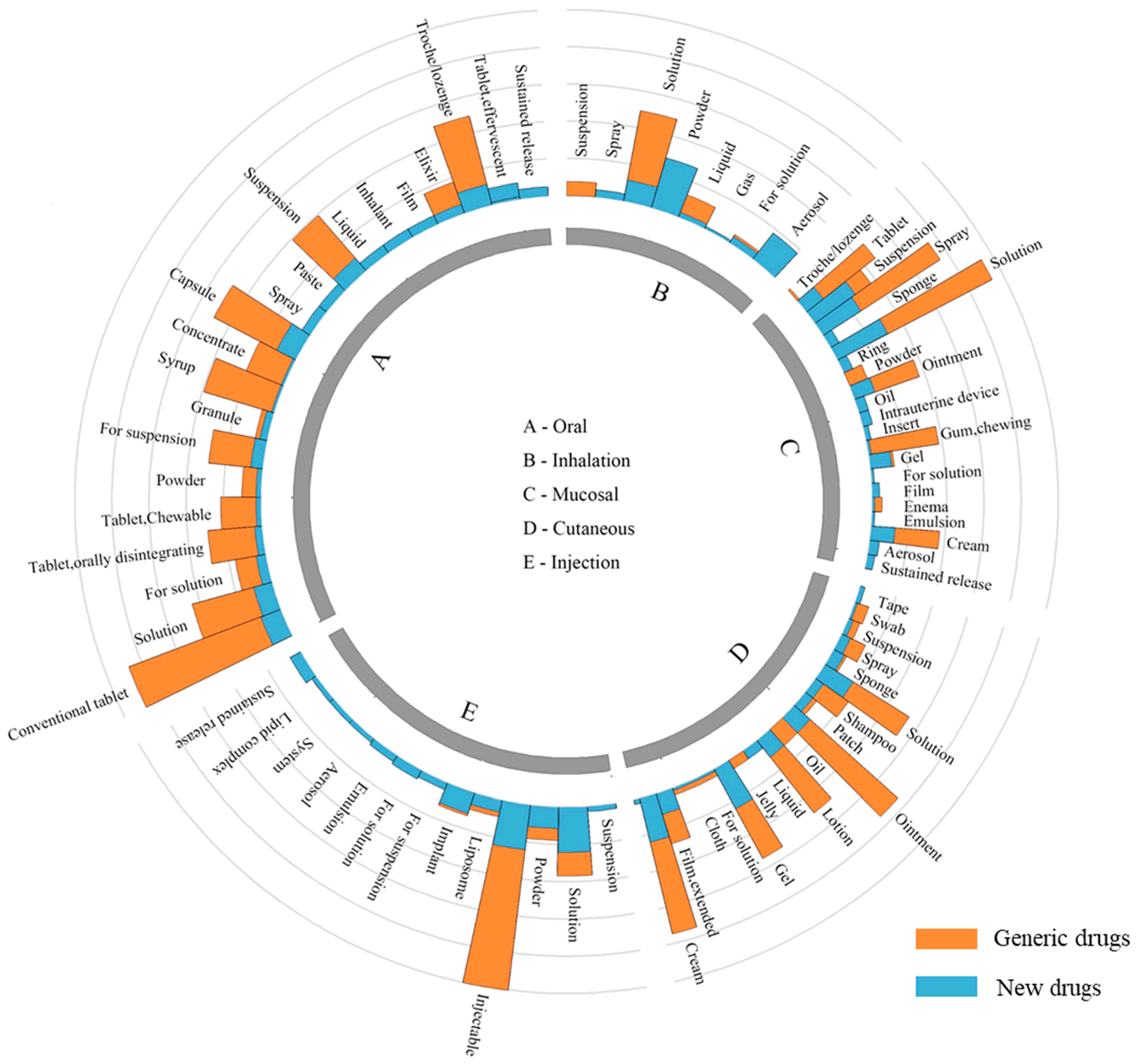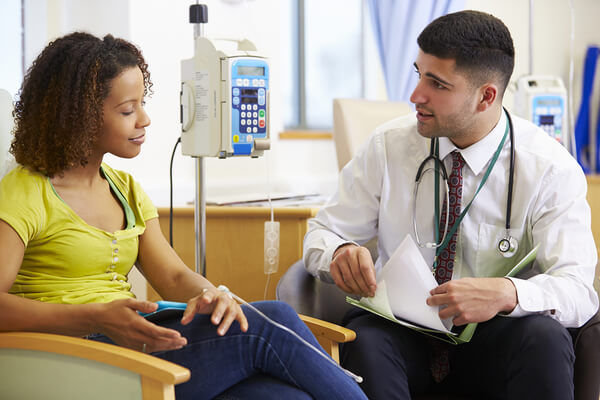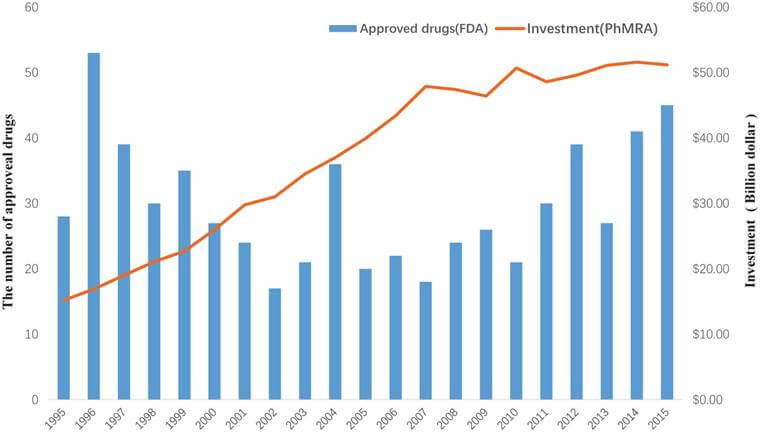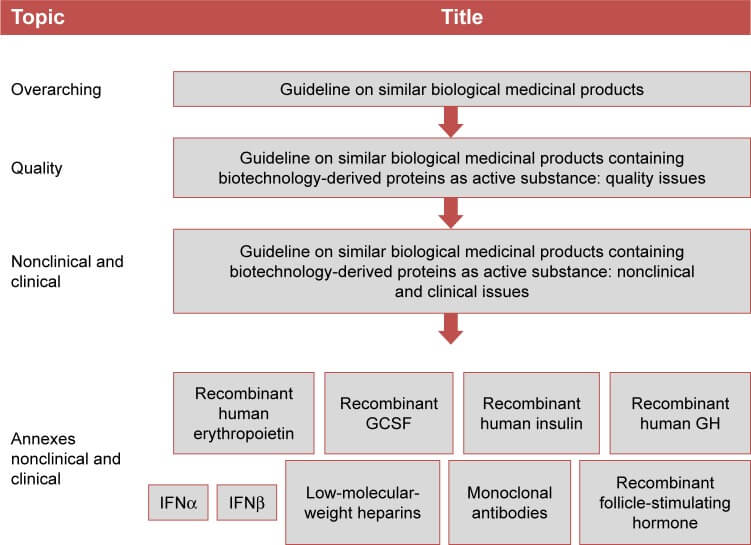Generic drugs have become an integral part of modern healthcare, offering cost-effective alternatives to brand-name medications. However, ensuring the quality and efficacy of these generic drugs is crucial. This is where bioequivalence comes into play. Bioequivalence is the process of evaluating whether a generic drug is equivalent to its brand-name counterpart in terms of its pharmacokinetic and pharmacodynamic properties. In this article, we will delve into the science behind generic drug bioequivalence, exploring the key concepts, testing methods, and regulatory frameworks that govern this critical aspect of pharmaceutical development.
Key Concepts: Pharmaceutical Equivalence, Bioequivalence, and Therapeutic Equivalence
To understand bioequivalence, it is essential to grasp the related concepts of pharmaceutical equivalence and therapeutic equivalence. Pharmaceutical equivalence refers to the same amount of the same active substance(s), in the same dosage form, for the same route of administration, and meeting the same or comparable standards. Bioequivalence, on the other hand, is defined as two pharmaceutical products that are pharmaceutically equivalent and have similar bioavailability after administration in the same molar dose, resulting in essentially the same therapeutic effect. Therapeutic equivalence is the ultimate goal, where two products are considered interchangeable and produce the same clinical outcomes.
Bioequivalence Testing
Bioequivalence testing is a critical step in the development of generic drugs. The primary objective is to compare the pharmacokinetic (PK) parameters of the generic drug with those of the reference drug. This involves evaluating the rate and extent of absorption, distribution, metabolism, and elimination of the active substance. The most common PK parameters assessed include the maximum concentration (Cmax), area under the curve (AUC), and half-life (t1/2).
Testing Methods
Several testing methods are employed to evaluate bioequivalence, including:
- In Vivo Studies: These involve human volunteers or animals and are used to assess the bioavailability of the drug. In vivo studies are considered the gold standard for bioequivalence testing.
- In Vitro Studies: These involve laboratory experiments to evaluate the dissolution and release of the active substance from the drug product.
- Comparative Clinical Trials: These studies compare the clinical efficacy and safety of the generic drug with the reference drug.
Regulatory Framework
The U.S. Food and Drug Administration (FDA) plays a pivotal role in regulating the bioequivalence of generic drugs. The FDA sets strict guidelines for bioequivalence testing, including the requirement that the 90% confidence interval of the PK ratio should lie between 0.80 and 1.25. Additionally, the FDA provides guidance documents and product-specific recommendations to ensure consistency and quality in bioequivalence testing.
Challenges and Controversies
Despite the rigorous testing and regulatory frameworks, controversies surrounding bioequivalence persist. One of the primary concerns is the potential impact of inactive ingredients on the efficacy and safety of generic drugs. Inactive ingredients, such as coatings, stabilizers, and fillers, can affect the bioavailability of the active substance, leading to variations in therapeutic outcomes.
Conclusion
In conclusion, the science behind generic drug bioequivalence is a complex and multifaceted field. Ensuring the bioequivalence of generic drugs is crucial to guaranteeing their safety and efficacy. By understanding the key concepts, testing methods, and regulatory frameworks, we can better appreciate the efforts of pharmaceutical companies, regulatory agencies, and healthcare professionals in providing high-quality, affordable medications to patients worldwide.
References
- U.S. Pharmacist. (2009). How Is the Quality of a Generic Drug Evaluated? Retrieved from https://www.uspharmacist.com/article/how-is-the-quality-of-a-generic-drug-evaluated
- Psychiatrist.com. (2015). Bioequivalence of Generic Drugs: A Simple Explanation for a US Psychiatrist. Retrieved from https://www.psychiatrist.com/jcp/bioequivalence-generic-drugs-simple-explanation-food/
- PubMed. (2015). Bioequivalence of Generic Drugs: A Simple Explanation. Retrieved from https://pubmed.ncbi.nlm.nih.gov/26132680/
- FDA. (2022). Introduction of Bioequivalence for Generic Drug Product. Retrieved from https://www.fda.gov/media/166151/download
- MSD Manuals. (n.d.). Bioequivalence and Interchangeability of Generic Drugs. Retrieved from https://www.msdmanuals.com/home/drugs/brand-name-and-generic-drugs/bioequivalence-and-interchangeability-of-generic-drugs




